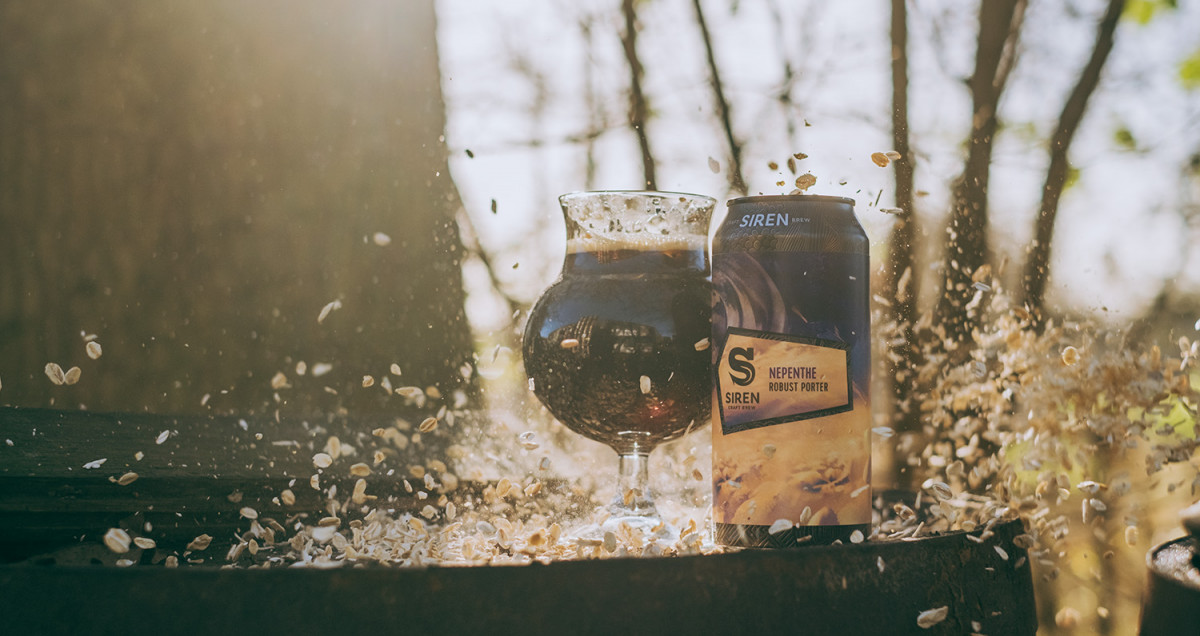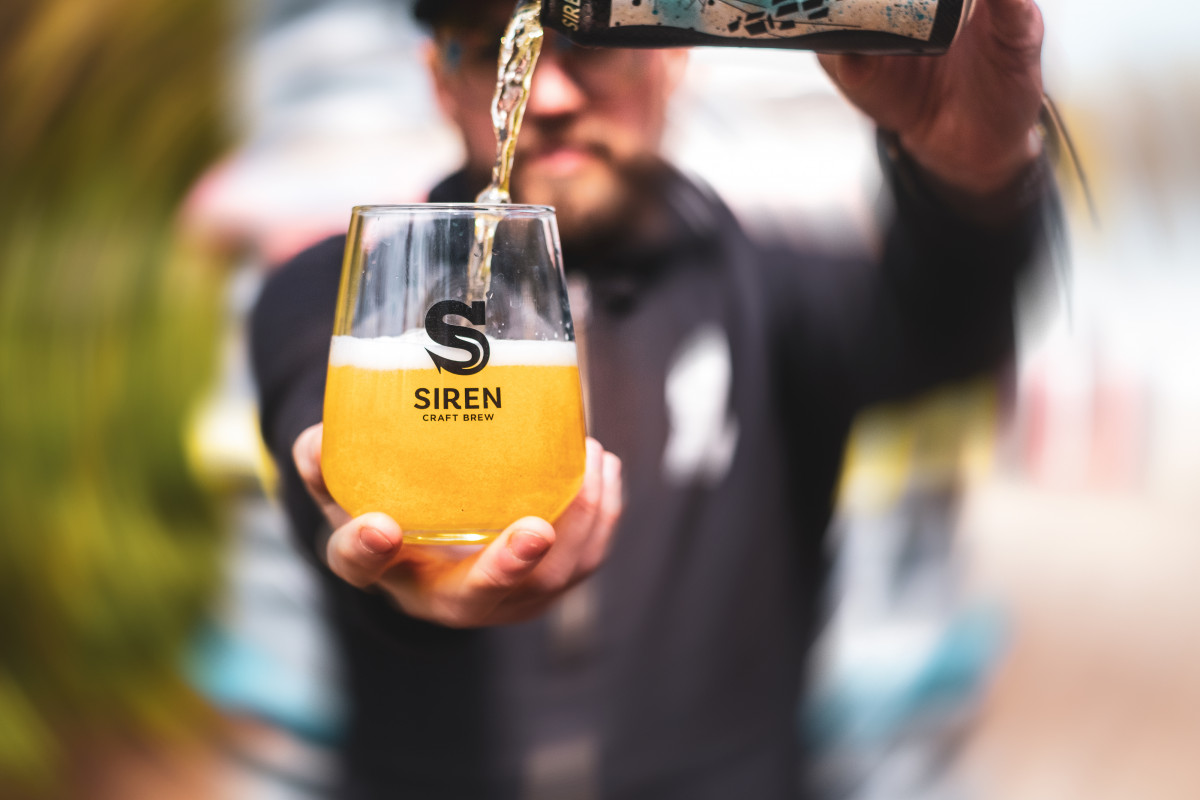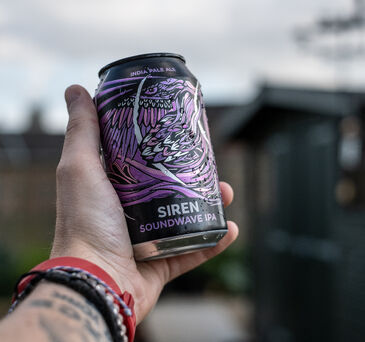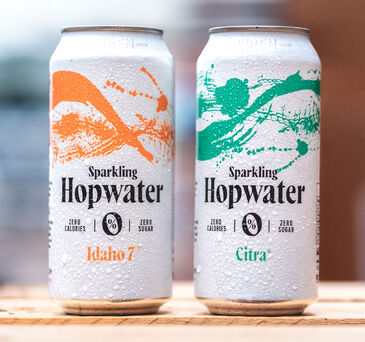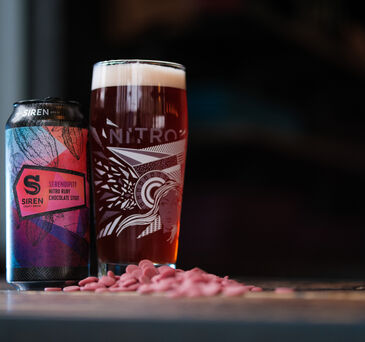
Let's talk about Malts
I would hazard a guess that at one time or another, you will have walked into a craft beer bar / bottleshop and seen a pale ale or IPA labelled with the predominant hop. Something like a Citra IPA, or a Mosaic Pale Ale, and made the purchase specifically because you enjoy that hop. There’s nothing wrong with that, it makes sense! We have many hop focussed beers, two of which you can find in our last blog about Fresh Frozen Hops.
But today, we want you to bring something else into your purchasing consideration - malts.
The ‘malt bill’, or recipe of different malts used, is the first point of any brew. A brewer will decide on which malts they want to use to create the desired outcome. In fairness, malt selection can be as simple as using a tried and tested selection, and then letting the hops do all the work. But it can also be a delicate balancing act.
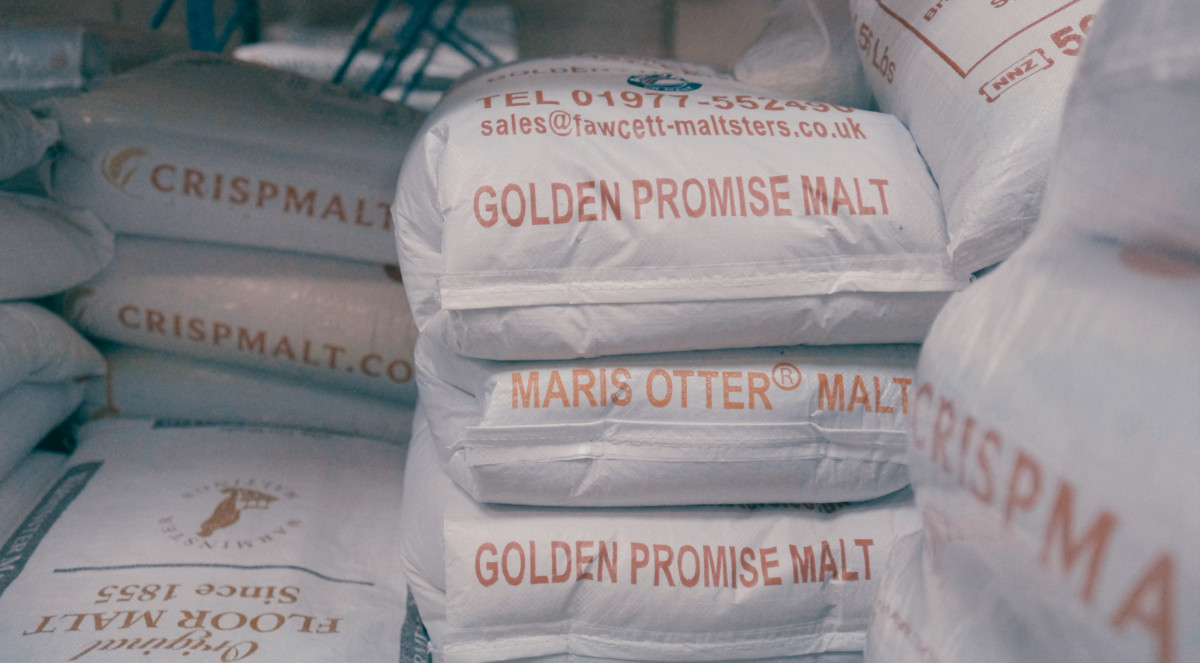
The malt bill is like the drummer and bassist in a band. If they’re out of sync, it doesn’t matter how good your guitarists and singers (the hops) are. However, if you find the Travis Barker of malts, then the whole end product is going to be a lot better.
What is Malt?
For a brew to take place, and to become beer, we need sugars to react with the yeast. The sugar feeds the yeast, which ferments to create alcohol, carbonation and of course - flavour. Different beverages use different processes to get the required sugar. For wine, it’s grapes. In Cider, the apples, and in beer, we use grains that have been specifically prepared for brewing. These are referred to as malts.
The word malt comes from the process of preparation - malting.
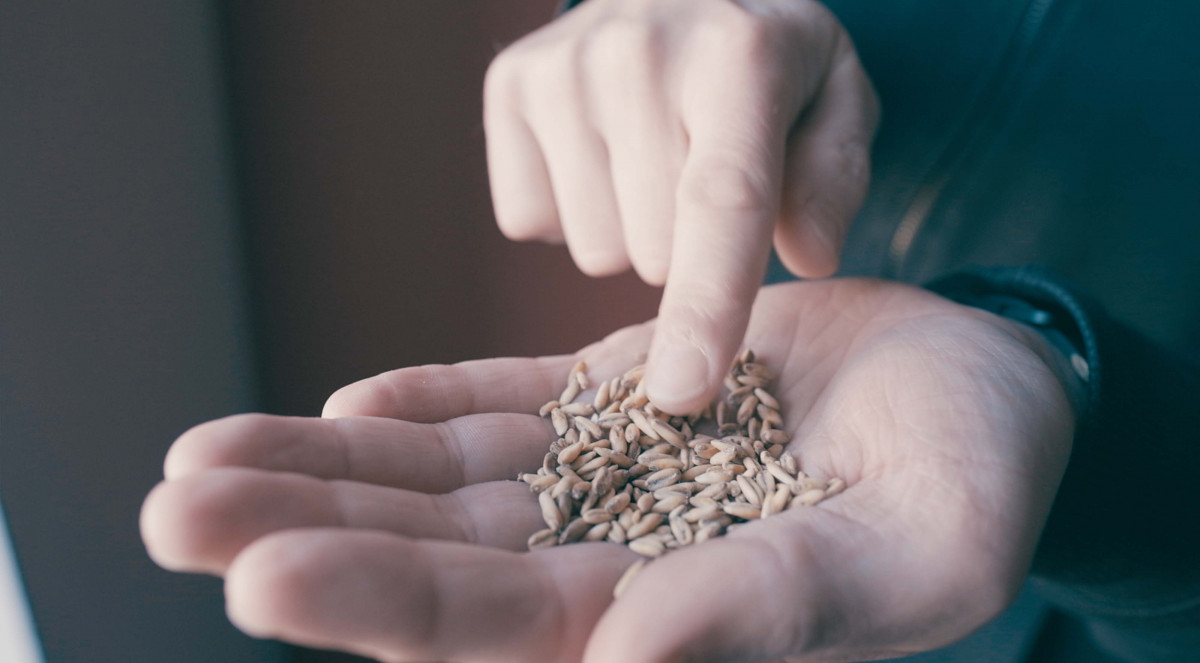
Malts can be created from a variety of grains, but the ones you’re most likely to see used are those such as Barley, Wheat, Rye and Oats.
The job of a maltster is to turn those grains into a malt that has the diastatic power to convert starches into fermentable sugars. Raw grains are steeped into water for them to begin germinating. Once the maltser recognises the grains are at the required stage (where the grain has changed its chemical compound), they are very quickly kiln dried to become malts ready for brewing. Of course, brewers have an arsenal of malts to choose from, and the difference is largely in how those grains are malted.
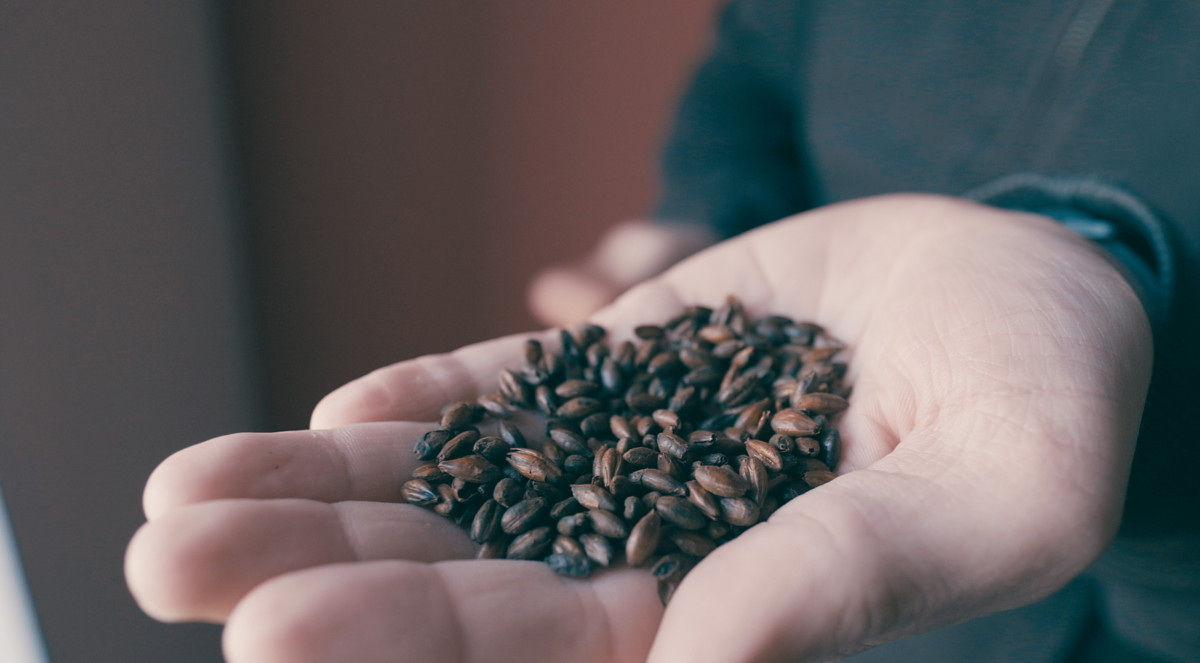
The typical malt, like a pilsner malt, for example, is very gently kilned to avoid caramalisation and colour. This means that the malt can be used without it adding too much colour or flavour, allowing for maximum enzyme activity with the ability to build flavour elsewhere. The kiln temperature, and timings, will affect the end products colour and flavour.
Sometimes, malts can be kiln dried at high temperatures and then roasted, creating speciality malts like chocolate malt. These types of malt add uch darker colours, and are what’s used by brewers to build heady stout recipes, or darker ales.
How are Malts used?
Malts are the beginning stage of a brew, which starts with ‘mashing in’. This is essentially the process of adding your malts to the mash tun with liquor (hot water prepared for brewing) to form a ‘wort’. If you were to taste wort, it’s essentially a sweet sugary solution - in the words of Head Brewer, Sean Knight, it actually tastes quite good! In the past, our brewers have used this to make hot sauce!
This base product then has yeast, hops and of course any other adjuncts to eventually become beer.
Why should we care about Malts?
Malt selection can be a nuanced process. Small changes could affect an end product dramatically. The most simple demonstration of this could be shown in the difference between an IPA and a Black IPA. A Black IPA, whilst still (potentially) tasting tropical and fruity, can have the appearance of a deep stout. This comes from the malts used. The differences in flavour, whether there’s more roasty notes, depending on the quantity used.
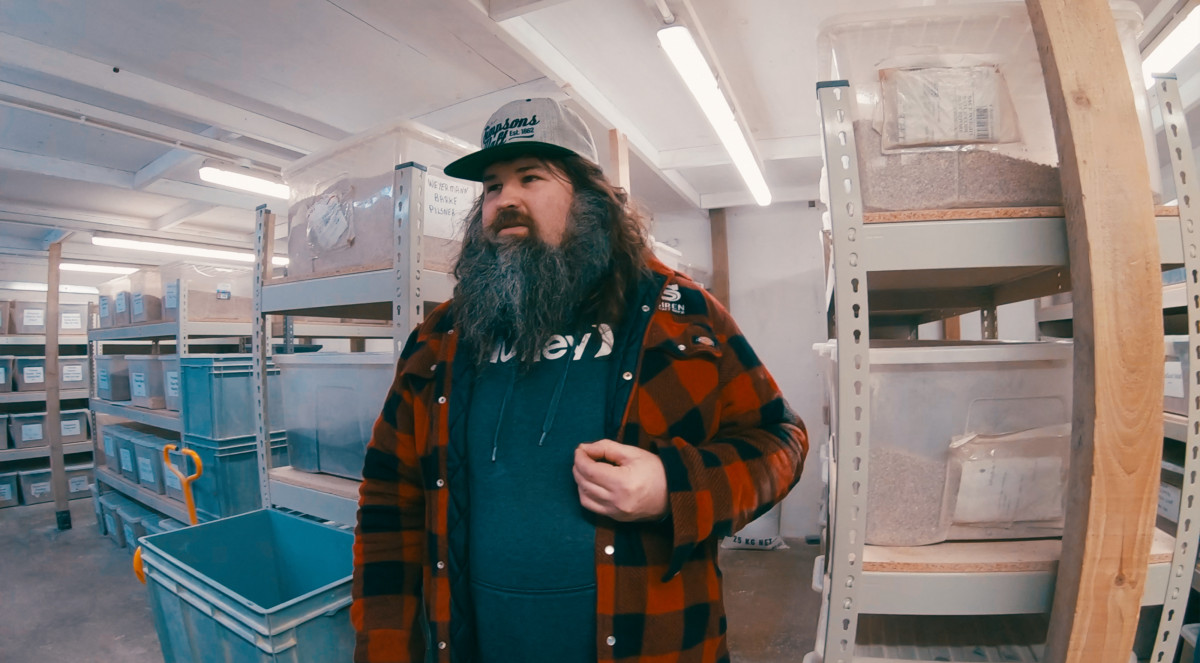
As mentioned, the lighter, more gently kilned malts will produce a cleaner, crisp flavour, ideal for lagers or as the base of a pale ale. These provide soft bready or light biscuit notes. The higher temperature the grains are kilned at, more caramelisation begins to happen. These malts will provide a richer golden colour, along with caramel, toffee and raisin notes. Go further, into darker malts and you start to get the burnt fruits, coffee and chocolate notes.
And then there’s oats. I’m sure you’ve had oats for breakfast, and seen how just adding water can create a thick and creamy porridge. Oats (and most commonly for this purpose, flaked oats) are used to give a rich body and a creamy mouthfeel. Whilst this is often seen in stouts, adding a depth of sweetness and that thick, luxurious mouthfeel we know and love, oats are more often being added to IPAs for the same effect.
What beers to try?
So let’s talk about the beer we released in late January - 4% Robust Porter - Nepenthe. We’re really proud of this beer, as we think for a lower ABV brew it still has a lot of body to it due to the oats. The beer carries a delightful chocolate character, with some plum notes coming through as well. These flavours are driven by the malts, which include: Low Color Chocolate, Simpsons DRC, Special X, Chocolate and Malted Oats. We’ll let you work out where the chocolate notes come from, but “Special X” brings out the smooth roasty notes, reminiscent of dried fruits, plums and raisins.
Towards the end of 2021, we release Storyboard - a 6.8% American Brown Ale with Cedar. Of course, much of the top end flavour notes from the Cedar, which we used in the spinbot. However, a backbone malt bill which includes Vienna, Brown Malt and Wheat brings a lot to this brew. Vienna Malt is kilned at slightly higher temperatures than a pale malt. This brings more of a golden colour to a beer as well as bready and malty flavours and aromas. It’s a malt that works well in New England IPAs, but worked well for this beer. Brown Malts, normally ideal for stouts and porters, help bring a slightly earthy coffee note, with wheat adding to the mouthfeel.
Of course, it’s not all about the darker beers when we think about malts. For 4.8% Italian Lager - Pastel Pils, of course the majority of the malt bill is driven by lager malts, but we’ve also used Cara Munich II, which is more often than not used in darker beers. However, when used in smaller amounts, it’s a malt that helps heighten the malt aroma, aids a rounded flavour profile and helps to create that slightly deeper, golden colour. It’s a small addition, but it’s like a pinch of salt into food… small additions can make big differences.
We can’t talk about Malts, and beers we recommend without mentioning our 10% Imperial Stout - Origin Story. This beer contains a mega line up of 20… yes twenty different varieties of Malts. This is a balancing act extraordinaire by head brewer, Sean. Malts include Chocolate, Biscuit, Special B (Caramel, raisin, dark dried fruits, cherry and plum notes), Honey Malt, Caramel Aromatic, Smoke Malt, Malted & Flaked Oats amongst others! The result is a thick (and vegan friendly, lactose-free!) beer full of depth, with a variety of flavour profiles to find. Let us know what you think on twitter!
Lastly… look out this week for ENTER GALAXY - a 6% IPA loaded with oats for a gorgeous thick backbone to support an incredible hop lineup, of course with Galaxy leading the way.
It’s time to have favourite malts.
So next time you’re looking for the hops on the back of your cans, have a look at the malts used. Find out what you like and start making the malts part of your decision making process!
DISCOVER OUR OTHER STORIES
The Soundwave Promise
Read MoreIn eleven years of brewing, it’s fair to say we’ve sampled our fair share of Soundwave IPA. But it’s never tasted as good as it does right now, so we’re doing something that...
What the Fizz is Hop Water?
Read MoreWhat the Fizz is Hop Water? Today we’re ecstatic to bring you our first ever packaged Sparkling Hopwater. But what does that even mean? And why does it exist? Well, it does exactly what it says on...
Serendipity: IWD 2024
Read MoreCrafting Equality in a Glass: Brewing Serendipity for International Women's Day 2024
In a world where gender equality remains an ongoing pursuit, every occasion...


